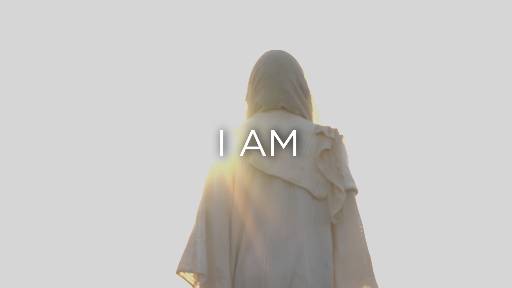-
That I May Dwell Among Them Series
Contributed by Roshelle Brenneise on Apr 10, 2025 (message contributor)
Summary: Even after all their ingratitude and rebellion, Yahweh still desired to dwell amongst the people, so now the Blueprint would become reality.
April 12, 2025
Transformation goes both directions – up or down. We are either being transformed into the image of God (+) or we are being transformed into the image of Satan (-). That’s why it is so important what we worship, because we will be transformed into that thing we worship – for the + or for the -.
The Israelites have proven that what they claim to believe and what they actually believe are two very different things and their actions have shattered their relationship with God. They chose rebellion and God judged them accordingly and then he removed himself from the camp.
If it had not been for Moses’ persistent intercession and Yahweh’s desire to extend mercy and forgiveness, Israel would have entered Canaan alone and the Promises made to Abraham would have been effectively null and void.
Even after all their ingratitude and rebellion, Yahweh still desired to dwell amongst the people, so now the Blueprint would become reality. It is fitting that the construction of the Tabernacle – the place where the people would receive forgiveness and reconciliation – would occur after the Great Apostacy.
Moses assembled all Israel and gave them the Sabbath Commandment again for the 5th time (Ex. 16:26; 20:8-11; 23:12; 31:14-17; 35:1-3).
Then he told them that he was taking up a freewill offering of: gold, silver and bronze; blue, purple and scarlet yarn, fine linen, goat hair, ram skins dyed red and hides of sea cows; acacia wood, olive oil, spices, onyx stones and other gems.
Then he called for all skilled craftsmen/women to make everything according to the blueprints:
• the tabernacle with its tent and its covering, clasps, frames, crossbars, posts and bases;
• the ark with its poles and the atonement cover and the curtain that shields it;
• the table with its poles and all its articles and the bread of the Presence;
• the lampstand that is for light with its accessories, lamps and oil for the light;
• the altar of incense with its poles, the anointing oil and the fragrant incense; the curtain for the doorway at the entrance to the tabernacle;
• the altar of burnt offering with its bronze grating, its poles and all its utensils;
• the bronze basin with its stand;
• the curtains of the courtyard with its posts and bases, and the curtain for the entrance to the courtyard;
• the tent pegs for the tabernacle and for the courtyard, and their ropes;
• the woven garments worn for ministering in the sanctuary-- both the sacred garments for Aaron the priest and the garments for his sons when they serve as priests.
A word about Ancient Near East temple construction:
Scholars who are critical of the Bible argue that the design of the Biblical Tabernacle was copied directly from the temples of Egypt/Canaan/Assyria. There are parallels, but there are at least 3 distinctions:
• There is no representation of God in the Israelite Tabernacle.
• The sacrificial system which pointed toward atonement and reconciliation is unique to the Israelite Tabernacle.
• Dedicating a temple to just one god was not practiced by the polytheistic nations that surrounded Israel.
Putting aside the differences, the question remains, “Why are there so many similarities between the design of the Tabernacle and the design of the temples of the nations of the Ancient Near East?”
We know that worship and whom we worship is a central theme throughout Scripture (see Deuteronomy 5:6-9; I Kings 18; Isaiah 14:13-14; Daniel 3; Hebrews 12:28-29; Revelation 4:10-11; 13:8-15; 14:7).
One of the strategies of Satan is to create counterfeits that so closely resemble the truth that if you don’t know what you’re looking for, you’ll be deceived.
Exodus 25:9 and Hebrews 8:5 tell us that the Blueprints for the earthly Tabernacle were a copy of the Heavenly Tabernacle – not a temple down the road.
Ezekiel 28:14-17 tells us that Satan was a covering cherub before the throne of God in the Heavenly Tabernacle until he sinned and was cast out.
So, Satan knows the intent behind the design and function of the Heavenly Tabernacle. He’s seen it up close and personal.
If counterfeiting truth is one of his strategies, it is not outside the realm of possibility that he would take his knowledge of the Heavenly Tabernacle and “adapt” it to inspire false worship and create confusion when the true tabernacle finally arrived on the scene. Not only is that possible I think it is absolutely what he did.
It’s worth considering……
Bezalel, from the tribe of Judah was especially chosen and filled with the Spirit of God. He was gifted with the ability and knowledge to work in gold, silver and bronze, to cut and set stones, to work in wood, to engage in all kinds of artistic craftsmanship and with the ability to teach others.

 Sermon Central
Sermon Central


